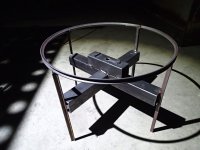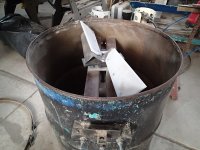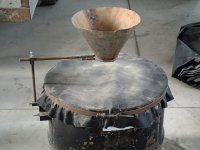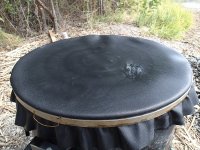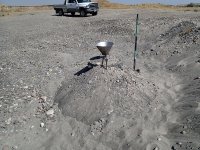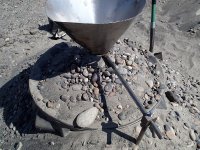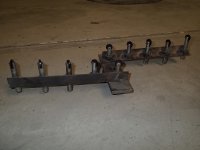Jim in Idaho
Silver Member
- Jul 21, 2012
- 3,349
- 4,750
- Detector(s) used
- White's GM2, GM3, DFX, Coinmaster, TDI-SL, GM24K, Falcon MD20, old Garrett Masterhunter BFO
'Way Too Cool' dual 18 Watt UV light
- Primary Interest:
- Prospecting
Here's a link to a video I did last fall at Bonanza Bar on the Snake. The prototype was built using a cutoff 55 gallon drum. Diameter is about 22". The units I'm selling are 18". They weigh about 11lbs. Made of painted mild steel, with some moving parts made of stainless. Time to let this cat out of the bag...LOL. Looking forward to comments, good or bad. It doesn't look like much, does it? Hard to believe how well it recovers the ultra-fine gold, even fed nearly bank-run material. And very little water for it's size. The bed is 254 sq.inches.
Jim
Jim
Amazon Forum Fav 👍
Last edited:
Upvote
1



 let's see what's under the rocks...
let's see what's under the rocks...